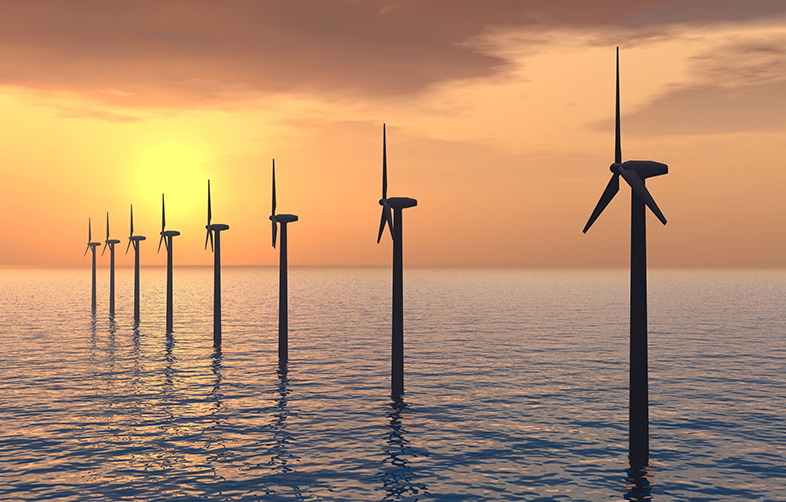6.4 Impact on wildlife
In the UK, English Nature has produced a guidance document (English Nature et al., 2001) for nature conservation organisations and developers when consulting over wind farm proposals in England. Similar documents have been produced for Wales and Scotland.
In the case of offshore wind, there are concerns about the possible impact on fish, crustaceans, marine mammals, marine birds and migratory birds. These are the subject of ongoing research by organizations including Natural England, Scottish Natural Heritage, COWRIE (Collaborative Offshore Wind Research Into the Environment) and CEFAS (Centre for Environment, Fisheries and Aquaculture Science).
The main potential hazard to birds is that they could be killed by flying into turbine blades (Drewitt and Langston, 2006). However the American Bird Conservancy (ABC) reports that 100 000–440 000 bird collisions occur per year with wind turbines, compared with 4–50 million with towers, 10–154 million with power lines, 10.7–380 million with roads/vehicles, over 31 million with urban lights and 100 million–1 billion with glass on buildings (ABC, 2011).
Natural England (2010) suggests that there is little evidence that wind farms in England have a significant impact on birds, but it provides guidance about wind turbines and birds, and post-construction monitoring of bird impacts.
It is possible to install radar systems that automatically detect approaching birds and, if there is a likelihood of collisions, bird deterrent devices can be activated or the turbines shut down until after the birds have passed.
Wind turbines may have an impact on bats – particularly along migration routes. Natural England has produced interim guidance (Natural England, 2009a and 2009b) to help planners and wind turbine operators take account of potential impacts on bats when developing or assessing wind turbine developments.
What are the factors that influence attitudes to wind power among planners and the general public? You’ll move onto that now.
